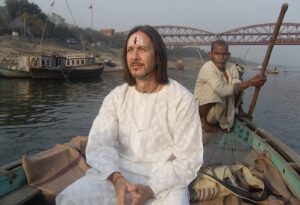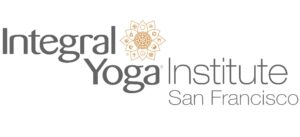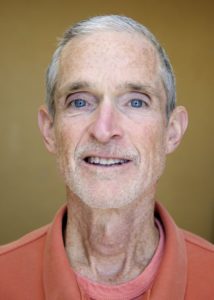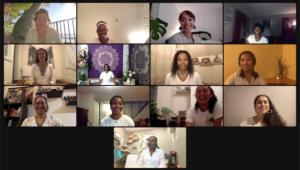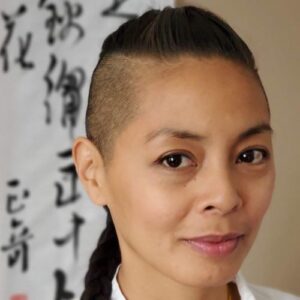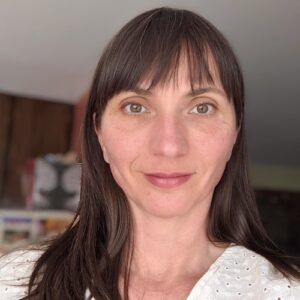How to Stay Heart Centered Once You Find Yourself There
by Snehan Born
Swami Satchidananda said, “Bhakti Yoga is the easiest practice because we begin with Love. Chanting doesn’t require a quiet place or a particular kind of dress or a particular type of life.”
This testimony is evidenced by the steadily increasing popularity of Kirtan chanting all over the world. People are discovering the benefits and pleasures of chanting the Holy names of God. The practice requires no particular faith nor belief to have a positive effect on us.
By singing or repeating these names, even if we don’t know the language we are chanting in, there comes a quieting of the mind and an opening in the heart. Those who regularly practice Kirtan and Japa experience, without fail, a shift from mind centered being to heart centered being. Then comes the question: How do we maintain the open heart and stay centered there in our exchanges with other beings who may not, consciously or unconsciously, welcome nor support an open heart? If we are not securely grounded in our open heartedness then we will feel the need to guard our hearts from the critical responses of others.
I have been thoroughly enjoying chanting Kirtan and Japa practices for decades now and most definitely in the past 6 years of living at the IYI in San Francisco. Joining an online sangha that meets every morning to study and repeat the Hanuman Chalisa has given me very clear experiences of reliably opening the heart only to feel that I shut it down upon the first encounter with negativity. But these experiences have shown me the more challenging work of staying open hearted in the presence of negativity.
It is certainly not easy, but just lately I’ve had some pretty clear experiences of quelling the tendency to react in defense and rather, just allowing the presence of perceived negativity without needing to “correct” it. I have watched the mind rushing back into its job of defending the ego and have interceded with the knee-jerk reactive mind, requesting that I stay in the heart, because I know how good that open heart feels.
When I’ve been more successful with this, I have been surprised with the degree of calm presence that I find myself in. Within that space, I can choose to react, if at all, from loving kindness and choose thoughts, words and actions emanating from Love. Even if this doesn’t shift the negativity on the outside, inwardly I remain relatively peaceful compared to the alternative of defensiveness and needing to be understood. And that feels way better than any degree of defense or understanding can produce.
Join Snehan for monthly Full Moon Chanting – February 23 @ 8:00 pm – 8:30 pm PT online & in-person. He also teaches weekly online and in-person:
- Weekly Mantra Meditation every Thursday, 12 – 12:35 pm
- Mixed Level every Tuesday, 5:30 – 6:30 pm
- Sunday Master Class every Sunday, 9:15 – 11:00 am
